
The most beautiful Asters
Discover 7 beautiful asters
Contents
Asters are perennial plants renowned for their magnificent melliferous flowerings that attract and nourish many pollinators. There are a vast number of varieties of Asters, and it is not always easy to navigate through them. Some bloom in spring, summer, or autumn, while others are small or large. Their lovely flowers resemble daisies and come in shades of white, pink, blue, or mauve. They are easy to grow and very hardy. Discover our selection of 7 stunning varieties of Aster to adopt in your garden.
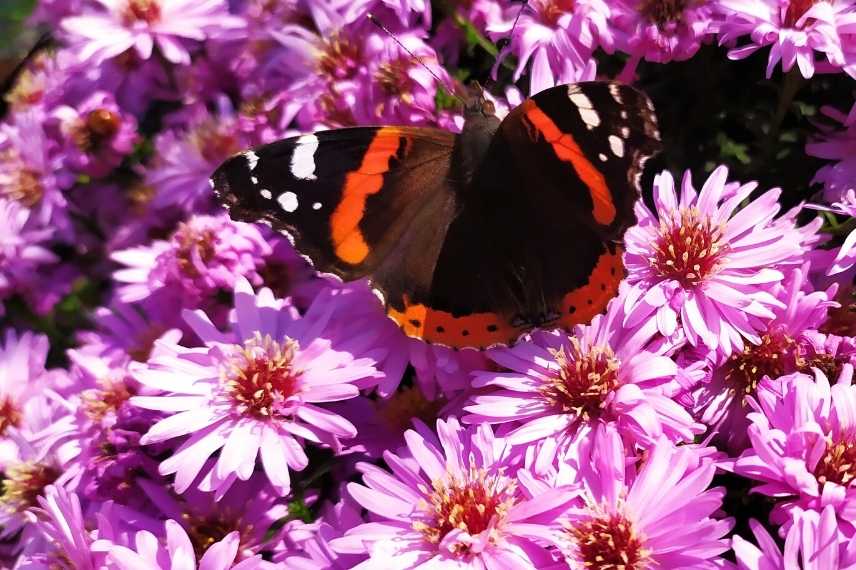 Autumn-flowering asters are an important source of food for pollinators
Autumn-flowering asters are an important source of food for pollinators
Aster ageratoides Ezo Murasaki, a hardy and late-flowering variety
Aster ageratoides ‘Ezo Murasaki’ is a Japanese variety known for being highly resistant to diseases, particularly powdery mildew. Its dark stems are beautifully decorative and do not require staking. This aster offers a late autumn flowering from October to November, delighting the last butterflies. Its small flowers come in shades of purple and violet, surrounding a golden yellow centre. This aster thrives in ordinary soil, even poor or clayey. It enjoys a sunny position but can also tolerate partial shade or dry shade. With a height of 60 cm in all directions, this beautiful deciduous perennial is ideal for large borders, alongside Calamagrostis, Miscanthus, Persicaria, not to mention garden chrysanthemums. You can also plant it in a natural garden or at the edge of a grove of bushes.
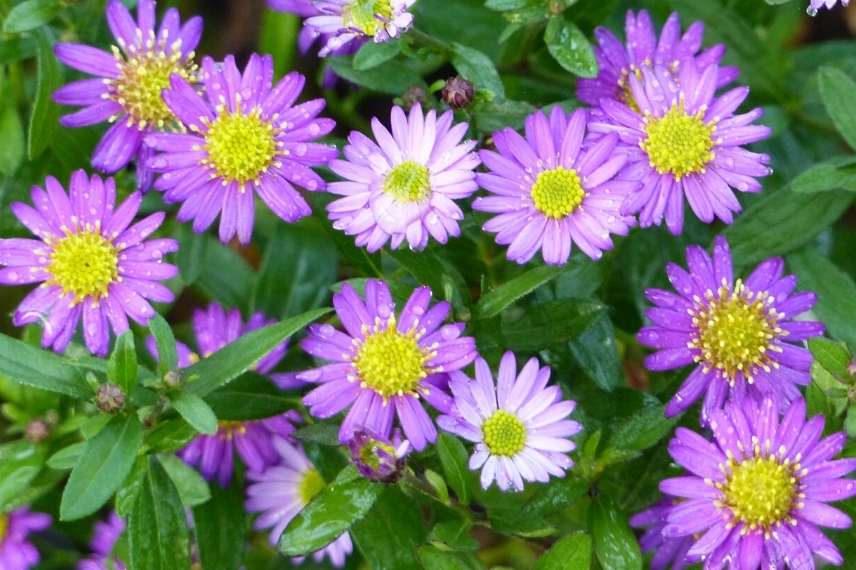
The flowers of Aster ageratoides ‘Ezo Murasaki’
Aster alpinus 'Albus', an early and montane variety
The Aster alpinus ‘Albus’ is a montane variety, perfectly suited for rockeries and frost-resistant. This deciduous perennial forms a dense, compact carpet measuring 20 cm in width. Its beautiful, very early flowering begins in April and lasts until June. One can admire large white flowers with a yellow centre, standing 20 to 25 cm tall, above its dark green foliage. This aster is easy to grow in full sun, in ordinary, calcareous soil, and it tolerates occasional drought. It will make a stunning display in a rockery, border, pot, or cottage garden. Note that Aster alpinus also comes in a pink-flowered version with Aster alpinus ‘Happy End’ or blue flowers with Aster alpinus ‘Blue Beauty’. For a lovely effect, you can accompany it with beautiful scabious, sedums, or delosperma.

The Aster alpinus comes in a white version for the variety ‘Alba’, in pink with ‘Happy End’, and in blue with ‘Blue Beauty’
Discover other Asters
View all →Available in 1 sizes
Available in 0 sizes
Available in 2 sizes
Available in 2 sizes
Available in 1 sizes
Available in 1 sizes
Available in 0 sizes
Available in 1 sizes
Available in 1 sizes
Available in 1 sizes
Aster divaricatus 'Beth Chatto', a shade variety
The Aster divaricatus ‘Beth Chatto’, recently renamed Eurybia divaricata, is a lovely variety perfectly suited for cultivation in shade, such as in woodlands, at the base of trees, or in a north-facing border. It also adapts well to partial shade and non-scorching sun, which makes it more floriferous. This beautiful perennial forms an elegant groundcover of 50 cm in all directions with a rustic appearance, perfect for a wild or English garden. Its summer flowering begins in July and lasts until September, producing a multitude of small white flowers. Very hardy, this aster is also highly resistant to diseases such as powdery mildew. It thrives in ordinary, rich, rather cool soil and tolerates occasional drought. You can pair it with Japanese anemones, Ligularias, a Aster cordifolius ‘Little Carlowdentata’, or a Trachystemon orientalis.
Read also
10 ideas to combine astersAster novae-angliae 'Paul Gerber', a large variety for wet soil
The Aster (or Symphyotrichum) novae-angliae ‘Paul Gerber’ is a vigorous plant that thrives in fresh to moist soil, even in clay. With its 1.5 m height and 50 cm spread, this large aster has sturdy stems that do not require staking. From September to October, it produces a profusion of beautiful semi-double magenta flowers with a yellow-orange centre that butterflies adore. It enjoys a sunny position but tolerates partial shade. Hardy down to -30° C, this variety is also resistant to powdery mildew. You can plant it in a large pot, in the ground at the back of a border, or in a flowering hedge. For a stunning effect, you can pair it with gauras, ornamental grasses, Rudbeckia, Perovskia, or some evergreen bushes like a cotoneaster and a Lonicera nitida.
Aster sedifolius 'Nanus', a small variety for dry soil
The Aster sedifolius ‘Nanus’ is a dwarf variety of the stonecrop-leaved aster (recently renamed Galatella sedifolia). It forms a clump with upright stems reaching 30 cm in height and 35 cm in spread. Its lovely foliage is deciduous, dark green, fine, and narrow. Its abundant flowering begins in August and lasts until early November, offering small mauve flowers with golden centres, gathered in bouquets. This Mediterranean perennial tolerates heat, dry, poor, and calcareous soil. Its cold resistance also allows it to be grown up to 1450 m in altitude. It thrives in full sun or partial shade. This aster is perfectly suited for rockeries, flowering borders, or dry gardens. You can pair it with grasses such as Stipas or Muhlenbergia capillaris, a sedum, pinks, and you can also plant ornamental garlic bulbs.
Aster dumosus 'Anneke', a lovely dwarf variety
The Aster dumosus ‘Anneke’ is a stunning dwarf variety forming a ball of dark green semi-evergreen foliage 25 cm in diameter. From August to October, the foliage is completely covered with a multitude of carmine pink flowers with golden centres that attract pollinators. This lovely perennial can be grown in all types of well-drained soil, including acidic or chalky. It prefers to be planted in full sun or partial shade. Very hardy, this aster withstands frost well, as well as drought once established. Highly decorative, it is ideal for rockeries, as an edge in borders, or in pots. It pairs perfectly with heucheras, golden or copper ornamental grasses, and sedums.

With its abundant autumn flowering, the Aster dumosus ‘Anneke’ is highly appreciated by butterflies
Aster frikartii 'Mönch', a very hardy perennial with large flowers
Aster frikartii ‘Mönch’ stands out with its beautiful large blue-lavender flowers, slightly pink, reminiscent of daisies. This stunning flowering begins at the end of July and lasts until late September, or even early October depending on the regions. It forms a carpet of flowers 60 cm to 1 m high and 50 cm wide. This beautiful perennial is very hardy and withstands frosts down to -20 to -25 °C. It enjoys a sunny or partially shaded location in warmer regions, in all types of well-drained soil. This aster will make a statement in a pot, in a border, or in mixed borders alongside other beautiful perennials such as heleniums, Leucanthemums, lychnis, and scabious.
For further reading
- Discover all our Aster varieties.
- Find our guide to learn everything about Asters: planting, growing, and care.
- Read our article on autumn Asters: 3 points to choose and succeed with them!
- How to stake an Aster? Discover our technique and tips.
- Explore 10 ideas to pair Asters.
- Subscribe!
- Contents
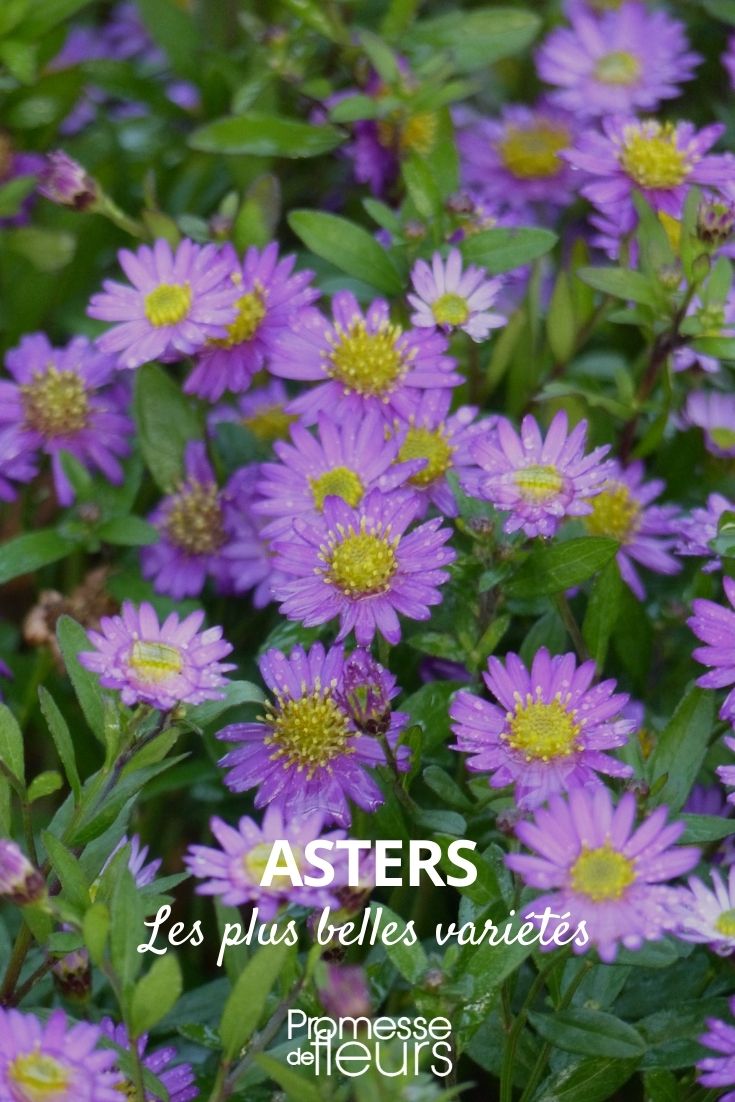































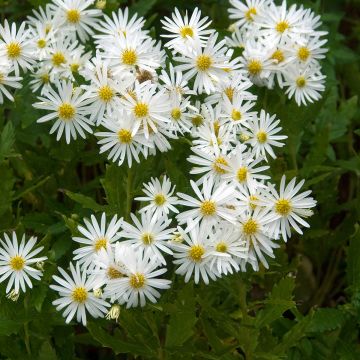
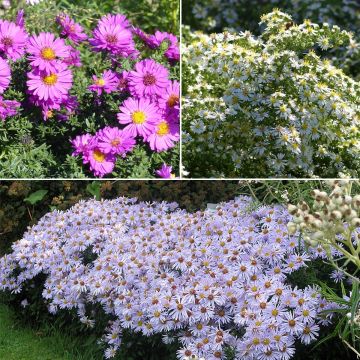


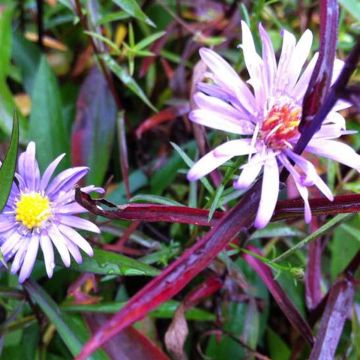
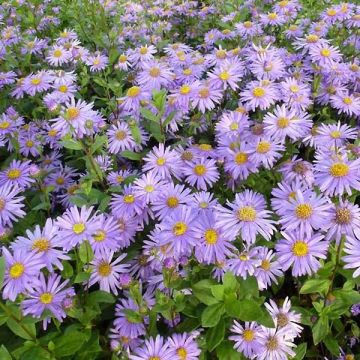
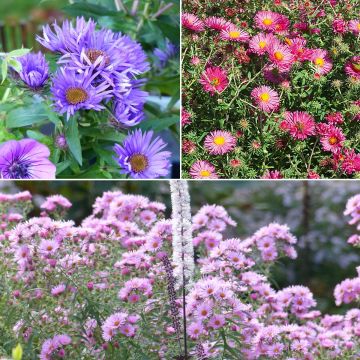

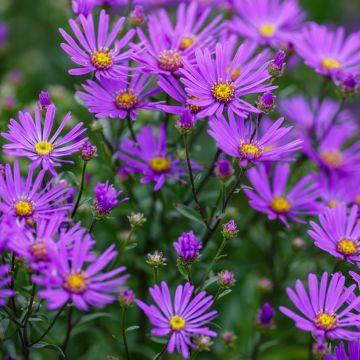

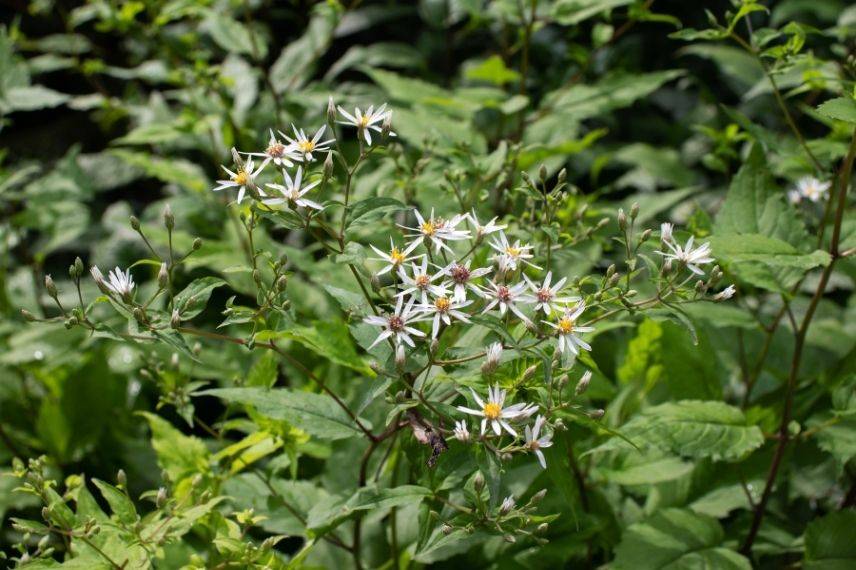

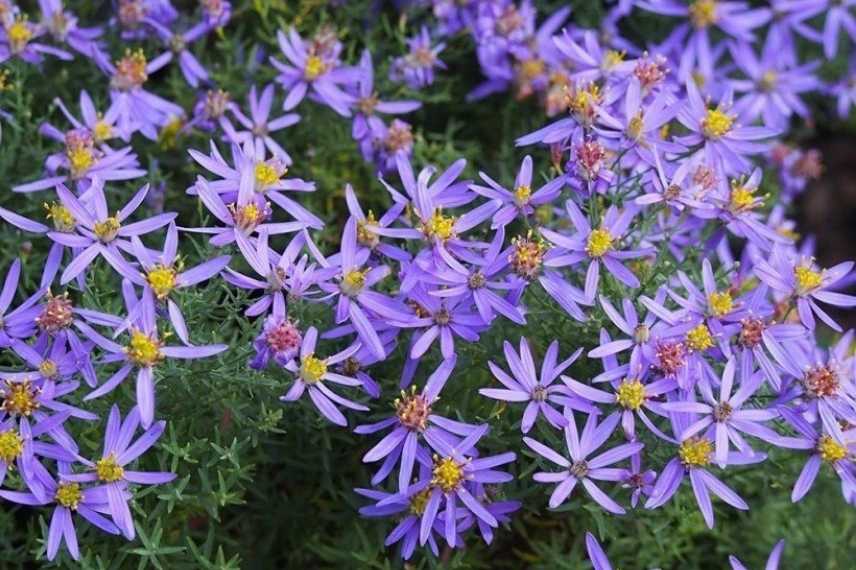
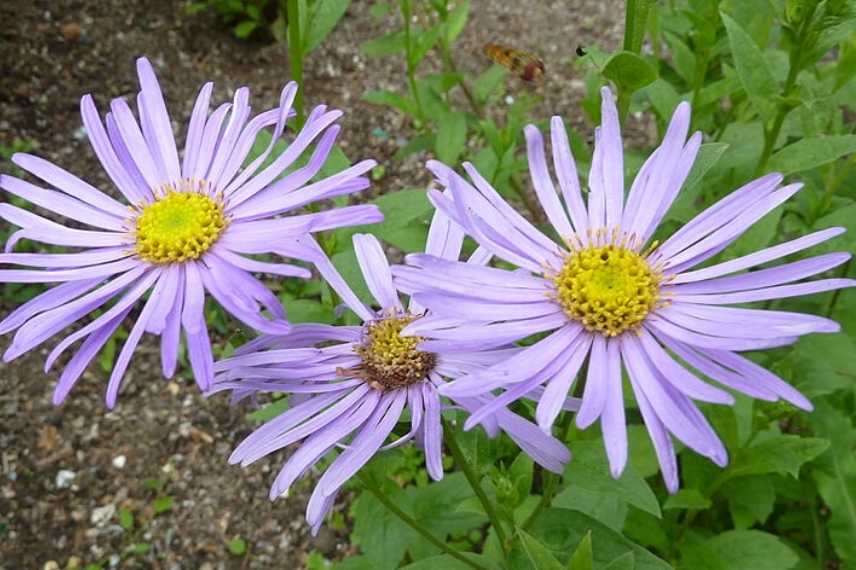
Comments